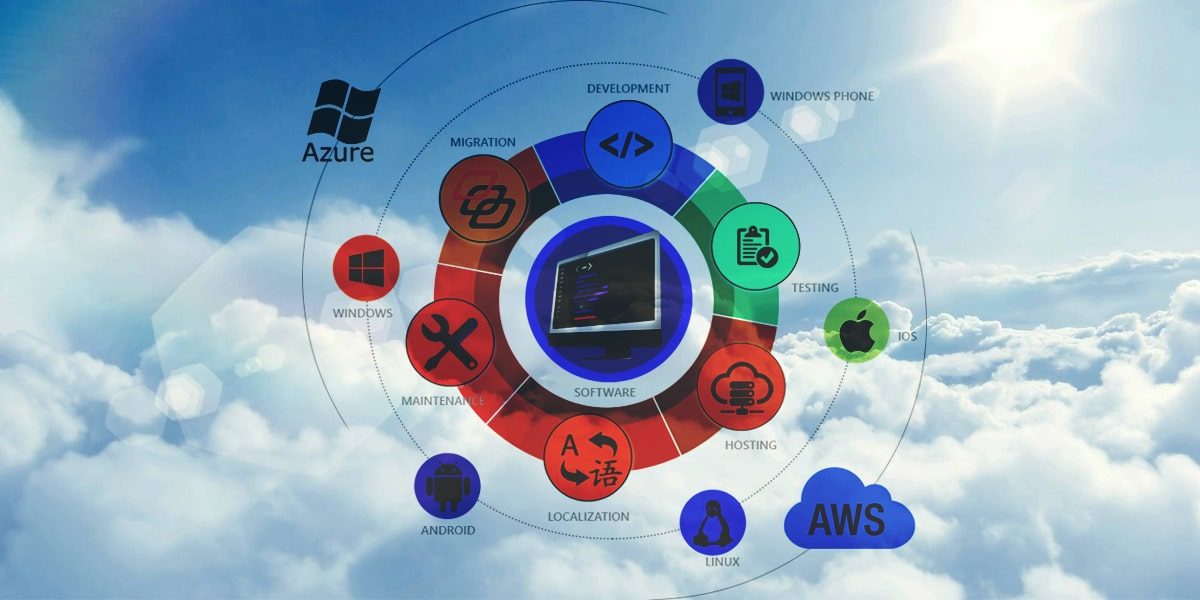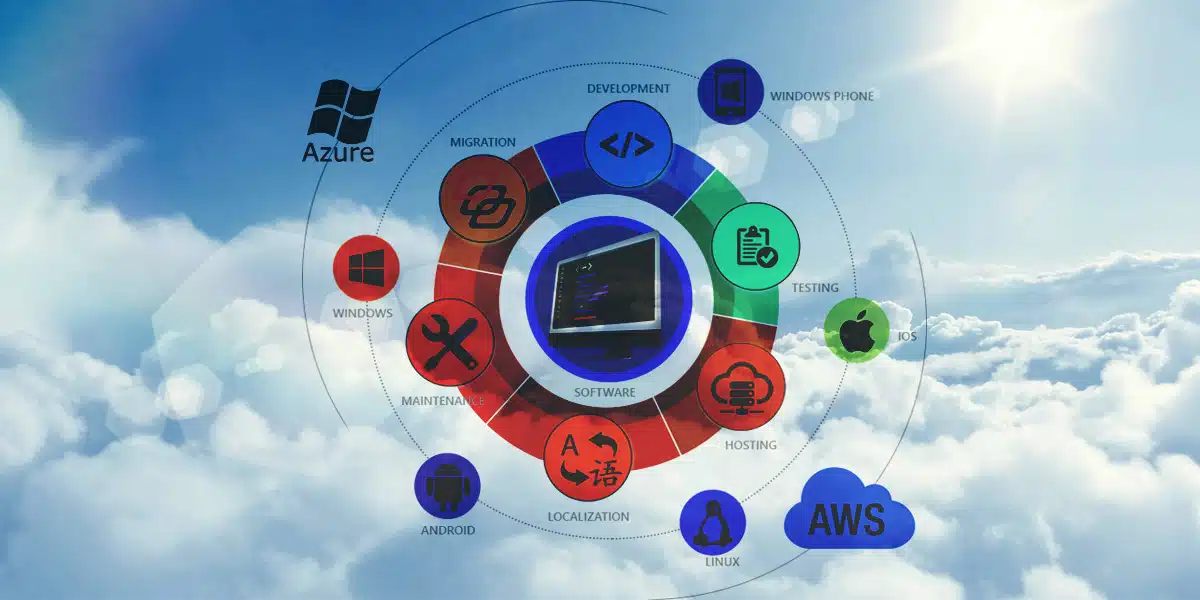The pandemic years have led to a paradigm shift in the way the world works, with numerous companies shifting to remote work and moving applications to the cloud. But 2023 may bring even more changes to the cloud computing sector – and a number of these changes have been a long time coming.
For one thing, while the shift to online and remote work proved to be a b oon for those who opted to get into the cloud before everyone else, it has led to a number of issues that are only being felt by businesses now that most companies are working via cloud-deployed applications.
The most notable of these issues is the way most companies don’t get a return on investment (ROI) from cloud deployment. For the most part, this is due to not having planned enough for contingencies, having too complex a setup, or even a lack of discipline when it comes to managing the cost of strategic deployment through the cloud. Indeed, it would not be too harsh to say that most companies have little to nothing in the way of finops oversight measures.
Another more pressing issue is that most companies have too many cloud services to track and manage all at once. Indeed, the use of multicloud environments leads to too much complexity – something that stands to give numerous companies a headache in the coming year.
Many companies deliberately shift to multicloud. But in a lot of cases, shifting to multicloud is just a given in light of the way businesses work to find best of breed cloud services, leveraging them sans any plans as to what to do with them once they’re deployed. In turn, this is anything but cost-effective and brings little value in return to affected businesses.
Solving the Issue of Cloud Complexity
According to some experts, cloud complexity may be dealt with through improved approaches to management, as well as a more strategic use of cloud technology.
Here, reducing redundancy is key. This may be achieved through the use of a common tech layer over and above most public cloud providers, as well as edge-based systems. Such a layer should include the most common services in use, including finops, a stable security system, as well as measures for unified data management.
Likewise, becoming more strategic with working with the cloud will enable enterprises to leverage these common services as well as a common control plane. This will help them get the cost of cloud management within a reasonable limit, allowing them to monitor and optimize costs to their overall benefit.







